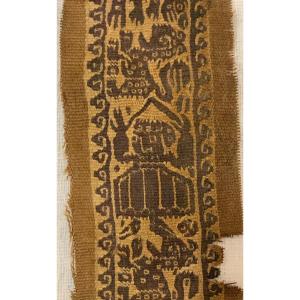Coptic art, Egypt 2nd to 5th century AD, although this fabric probably dates more precisely from the 4th or 5th century AD.
Textile is linen in which are inserted / embroidered woolen threads tinted brown or black by natural dyes.
These ornamental bands of clothing were often "placed at shoulder level, in the lower part of tunics, or at the level of the neck and at the end of the sleeves." The very rich decorations reveal both numerous details and their stylization is specific to Egyptian art (strict profile view, without any perspective). It is funny to see here too that the various animals in the frieze, all turned from right to left, and human busts lying on their side, are not oriented in the same "logical" reading direction.
These Coptic fabrics have aroused a real craze and influenced many artists, such as Rodin, Matisse, but also of course fashion designers until today.
Dimensions 44*8cm (and 47*11cm with frame)
Stunning very good condition for this type of fabric. No hole or tear, the textile is not burn as often and perfectly flexible.
The textile has been very finely stretched over a light trellis by a few zig zag stitches on the reverse, in order to maintain a delicate but regular tension. The assembly is then simply plated between a glass and a rigid cardboard support, with 4 easily removable clamps to open the frame.







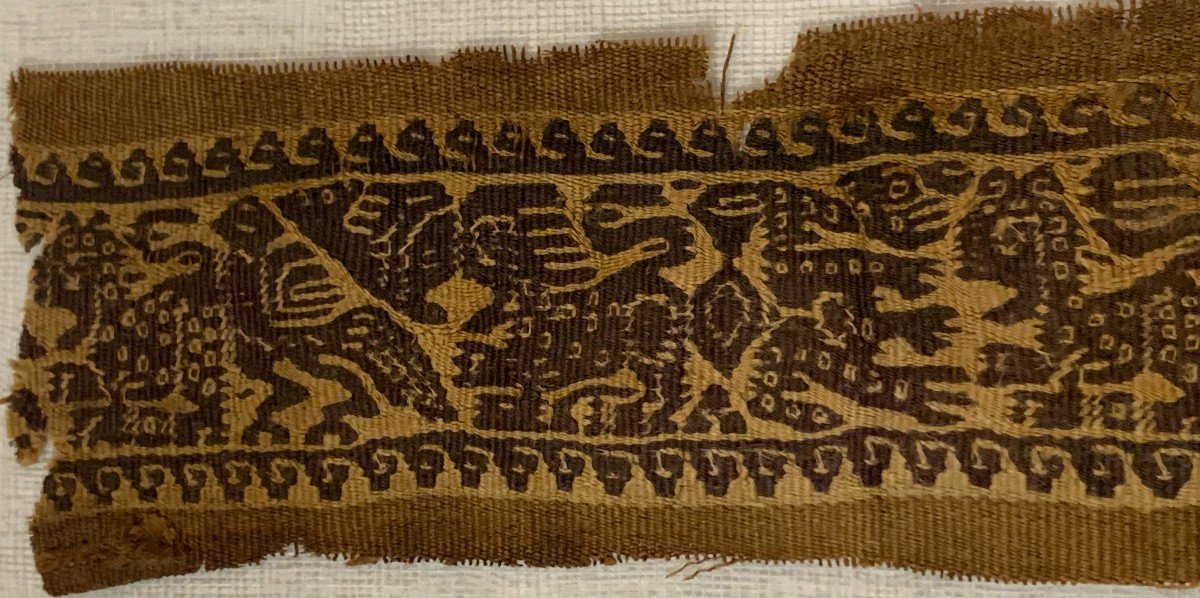










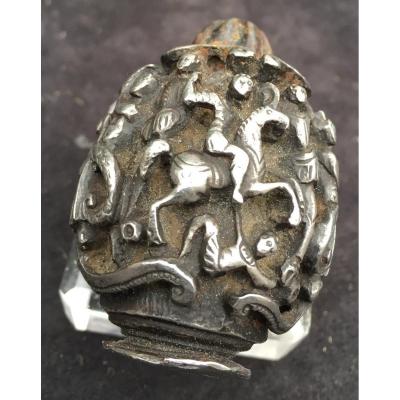

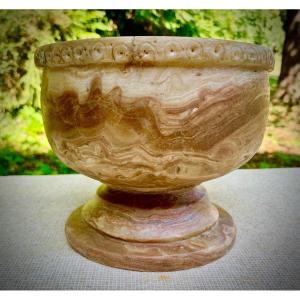
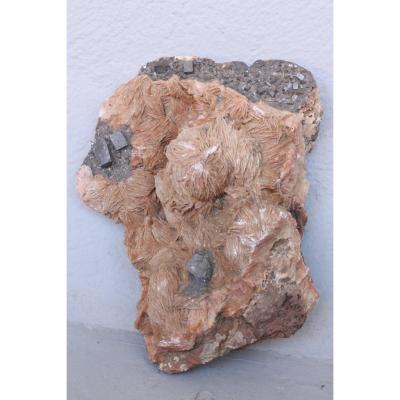


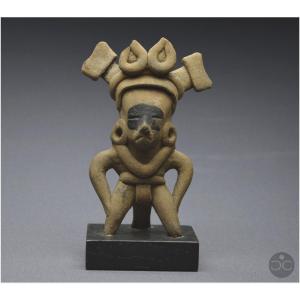
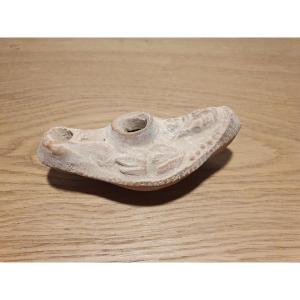




 Le Magazine de PROANTIC
Le Magazine de PROANTIC TRÉSORS Magazine
TRÉSORS Magazine Rivista Artiquariato
Rivista Artiquariato
